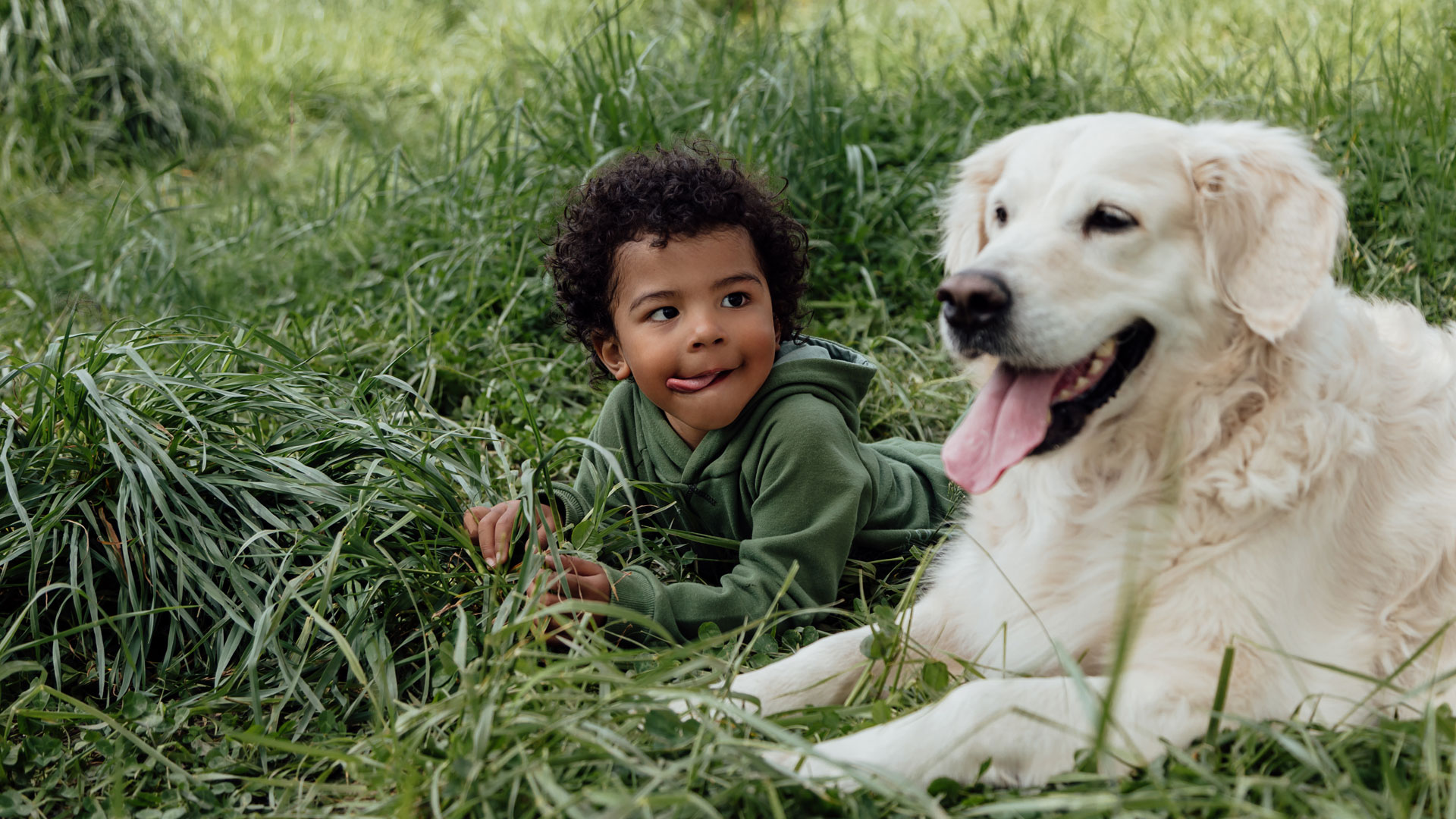
As we’ve lived alongside dogs for thousands of years, providing them with food in return for companionship, various myths and misconceptions around them have arisen over time. Some of them have long been dispelled – for instance, we now know that a lot of animals, including dogs, feel pain, whereas years ago most people believed otherwise.
While it's pretty clear that many of our furry friends will be happy with the best dog toys and a good old tummy rub, some myths still remain. Award-winning trainer and owner of Dogs That, Susan Garrett, has outlined five common myths in a recent Instagram post. You might be surprised…
The first myth is that, as the popular expression goes, you can’t teach an old dog new tricks. “While it might be true that it can take a bit more patience and consistency with older dogs, [but] they are absolutely capable of learning new behaviors,” says Garrett. So, whether your senior pup has been in your life for years, or you’ve adopted an older dog, don’t give up hope when it comes to training!
Garrett’s second myth is that a dog wagging their tail is definitely happy. While dogs can and do wag their tail when they’re happy or excited, a tail wag can also signify anxiety or nervousness depending on the direction, speed, and height of the tail and its movements. Dog body language can certainly be confusing at first!
If you aren’t sure whether your dog’s wagging tail is down to happiness or another less positive emotion, it’s worth analyzing the rest of their body language – it’ll give you a better idea.
The next myth is that dogs can only see in black and white. Are dogs colorblind? This one is rooted in an element of truth – humans have better eyesight than dogs, but dogs can still see colors. Humans have three types of cones, which help us to see color: blue, green, and red. In contrast, dogs have two: blue and yellow. So, their world isn’t as colorful as ours, but they certainly aren’t seeing in black and white.
The fourth myth is one that many people still believe, and it’s one of the more harmful misconceptions people have about dogs – that all rescue dogs are damaged, and have plenty of problems.
As Garrett says, “Rescue dogs can make unbelievably amazing companions when given the opportunity. Do not be afraid of what baggage a rescue dog may have; consider it an opportunity to provide the love and care they deserve.”
Finally, Garrett explains that the idea of getting two puppies at once so that they can keep each other company is another myth. “Having two puppies in the same household may hinder your ability to form a close connection with each one,” she says. Instead, they might develop a strong bond with each other – while this is great, it does mean that it might be more difficult for you to form those strong bonds with each puppy yourself.
Can you think of any other dog-related myths and misconceptions? If you’d like some more, here are six dog nutrition myths busted by a vet.







